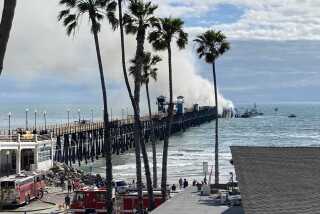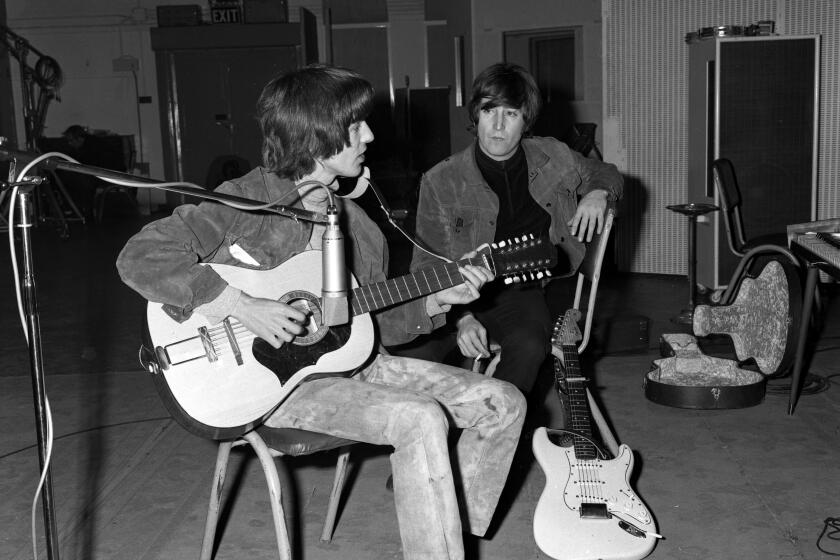STAYING AWAKE
STAYING AWAKE
The Iron Worm squeaks, groans and clanks--black tankers, rust-colored boxcars and gray hoppers winding north on a single track that parallels the Pacific coast. Off to the right are hillsides covered with coffee plants. Cornstalks grow up against the rails. The train moves through a sea of plantain trees, lush and tropical.
 By early afternoon, it is 105 degrees. Enrique’s palms burn when he holds on to the hopper. He risks riding no-hands. Finally, he strips off his shirt and sits on it. The locomotive blows warm diesel smoke. People burn trash by the rails, sending up more heat and a searing stench. Enrique’s head throbs. The sun stings in his eyes, and his skin tingles. He moves around the car, chasing patches of shade. For a while, he stands on a narrow ledge at the end of a fuel tanker. It is just inches above the wheels.
By early afternoon, it is 105 degrees. Enrique’s palms burn when he holds on to the hopper. He risks riding no-hands. Finally, he strips off his shirt and sits on it. The locomotive blows warm diesel smoke. People burn trash by the rails, sending up more heat and a searing stench. Enrique’s head throbs. The sun stings in his eyes, and his skin tingles. He moves around the car, chasing patches of shade. For a while, he stands on a narrow ledge at the end of a fuel tanker. It is just inches above the wheels.
He cannot let himself fall asleep; one good shake of the train, and he would tumble off.
Moreover, street gangsters, some deported from Los Angeles, prowl the train tops looking for sleepers. Many of the migrants huddle together, hoping for safety in numbers. They watch for anyone with tattoos, especially gangsters who have skulls inked around their ankles--one skull, police say, for every person they have killed. Their brutality is legendary. Immigrants tell of nine gangsters who hurled a man off their train, then forced two boys to have sex together or be thrown off too.
 Some migrants nap on their feet, using belts or shirts to strap themselves to posts at the ends of the hoppers. Others struggle to stay awake. They take amphetamines, slap their own faces, do squats, talk to one another and sing. At 4 a.m. the train sounds like a chorus.
Some migrants nap on their feet, using belts or shirts to strap themselves to posts at the ends of the hoppers. Others struggle to stay awake. They take amphetamines, slap their own faces, do squats, talk to one another and sing. At 4 a.m. the train sounds like a chorus.
Today, Enrique is terrified of another beating. Every time someone new jumps onto his car, he tenses. Fear, he realizes, helps to keep him awake, so he decides to induce it. He climbs to the top of the tank car and takes a running leap. With arms spread, as if he were flying, he jumps to one swaying boxcar, then to another. Some have 4-to-5-foot gaps. Others are 9 feet apart.
The train passes into northern Chiapas. Mountains draw closer. Plantain fields soften into cow pastures. Enrique’s train slows to a crawl. As the sun sets, he hears crickets begin their music and join the immigrant chorus.
The train nears San Ramon, close to the northern state line. It is past midnight now, and the judicial police are probably asleep. Train crews say this is where the police stage their biggest shakedowns. One conductor says the officers, 15 at a time, stop the trains. They grab fleeing migrants by their shirts. The conductor has heard them say: “If you move, I’ll kill you. I’ll break you in two.” Then, “Give us what you’ve got, or we send you back.”
At nearby Arriaga, the chief of the judicial police, or Agencia Federal de Investigacion, denies that his agents stop trains in San Ramon and rob immigrants. The chief, Sixto Juarez, suggests that any robbing is done by gangsters or bandits who impersonate judicial officers.
Enrique greets the dawn without incident. He puts Chiapas behind him. He still has far to go, but he has faced the beast eight times now, and he has lived through it.
It is an achievement, and he is proud of it.
| [ Return to Top ] | NEXT: ACTING OAXACAN |
More to Read
Start your day right
Sign up for Essential California for news, features and recommendations from the L.A. Times and beyond in your inbox six days a week.
You may occasionally receive promotional content from the Los Angeles Times.






